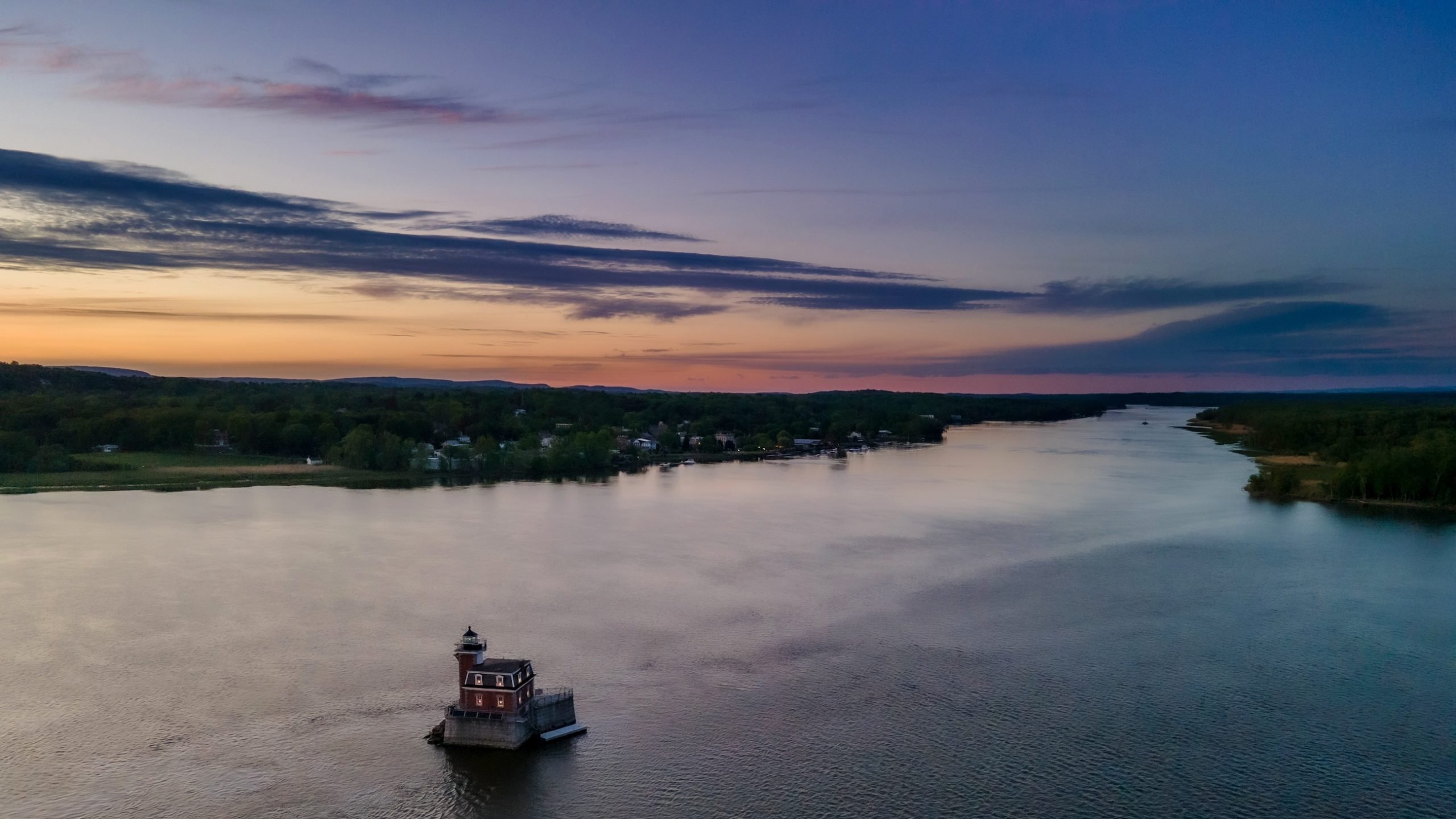
From the modest Texas home of a famed songwriter to an ethnic enclave in California to a key site in the American revolution against the British—the National Trust for Historic Preservation has released its annual list of America’s most endangered historic places.
The organization has been putting the list out for nearly four decades and touts a great success rate, saying that of the 350 sites it has listed, only a handful have been lost.
The sites this year include the neglected Mexia, Texas home of country songwriter Cindy Walker, inducted into the Country Music Hall of Fame in 1997; Los Angeles’s Little Tokyo, which outlived detention camps and urban renewal but is under threat from nearby development; and Minute Man National Historical Park, the Massachusetts site where the 1775 “shot heard around the world” was fired.
Also on the list are the Hudson-Athens Lighthouse, one of only two “middle-of-the-river” lighthouses on the Hudson River, which is imperiled by erosion; the New Salem Baptist Church in Tams, West Virginia, a center of community life for early 20th-century Black coal miners; and the Sitka Tlingit Clan Houses in southeast Alaska, which the organizers describes as critically important to both the history and the future of the Lingít (commonly spelled in English as “Tlingit”).
The Japanese American Cultural and Community Center boasts a plaza and artwork by Isamu Noguchi. Photo courtesy Mallury Patrick Pollard/JACCC.
One site has an art-world connection. Established in 1884, L.A.’s Little Tokyo is home to some 400 small businesses, some of them legacy establishments. Development from the nearby Downtown neighborhood threatens the neighborhood’s character, with some popular restaurants and stores already going out of business.
The Japanese American Cultural and Community Center there boasts an outdoor plaza designed by Japanese-American artist and L.A. native Isamu Noguchi, as well as one of the artist’s stone sculptures. It is, the organization noted, his sole publicly accessible work in the city.
Doors and windows from the Legation’s Arab Pavilion. Courtesy Tangier American Legation Institute for Moroccan Studies.
Some notable architecture and decorative arts are also at risk. The Tangier American Legation, in Morocco, was a gift to the United States in 1821 from Moroccan Sultan Moulay Suliman; it is the first American property located abroad.
Erected between 1927–31, the building blends Moorish and Spanish architectural traditions; doors and windows from its Arab Pavilion are a showcase of stunning craftsmanship. Though under the oversight of the Department of State, it has no dedicated funding and needs $10 million to support structural stabilization and repair as well as systems upgrades for museum collections.